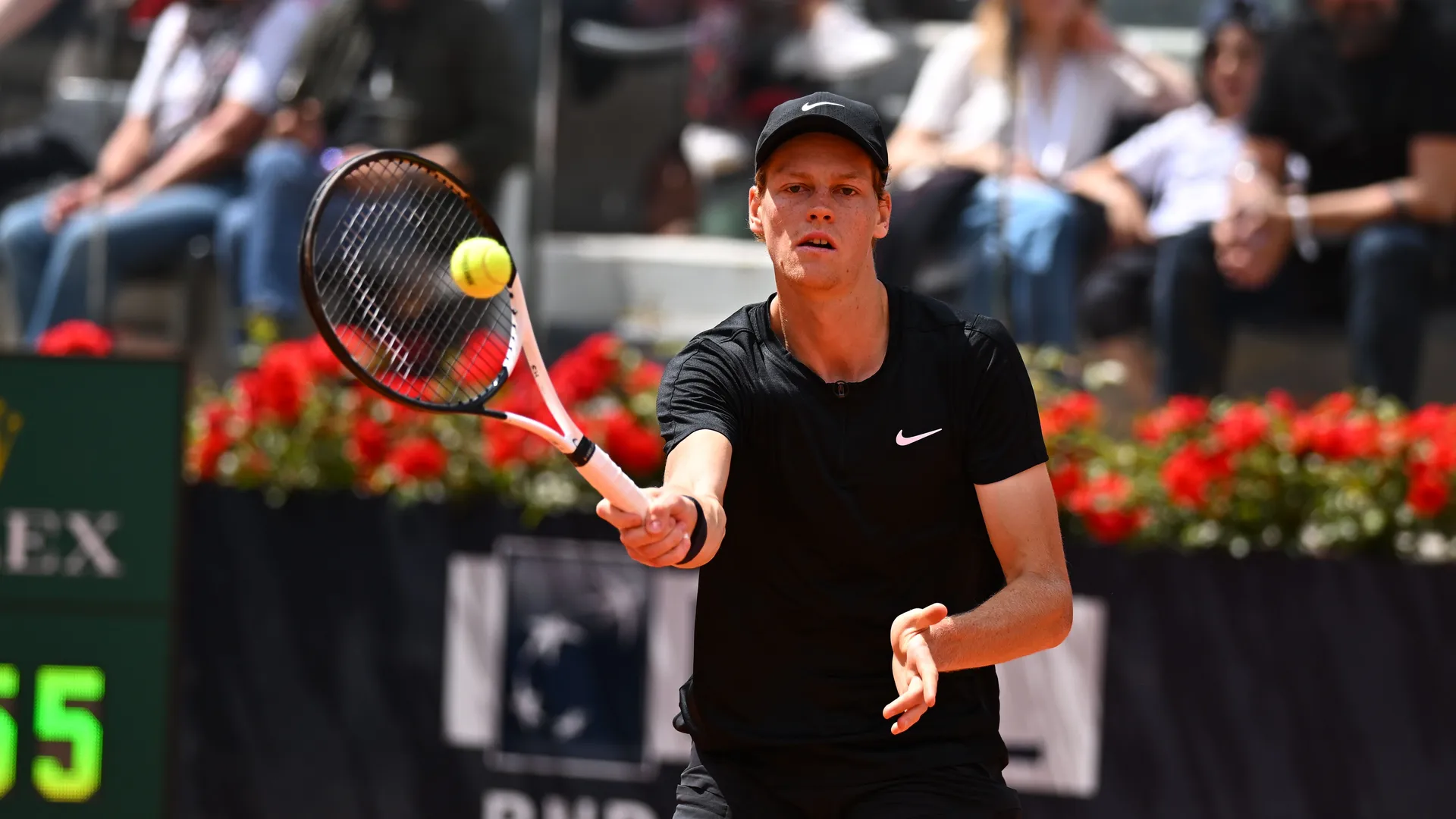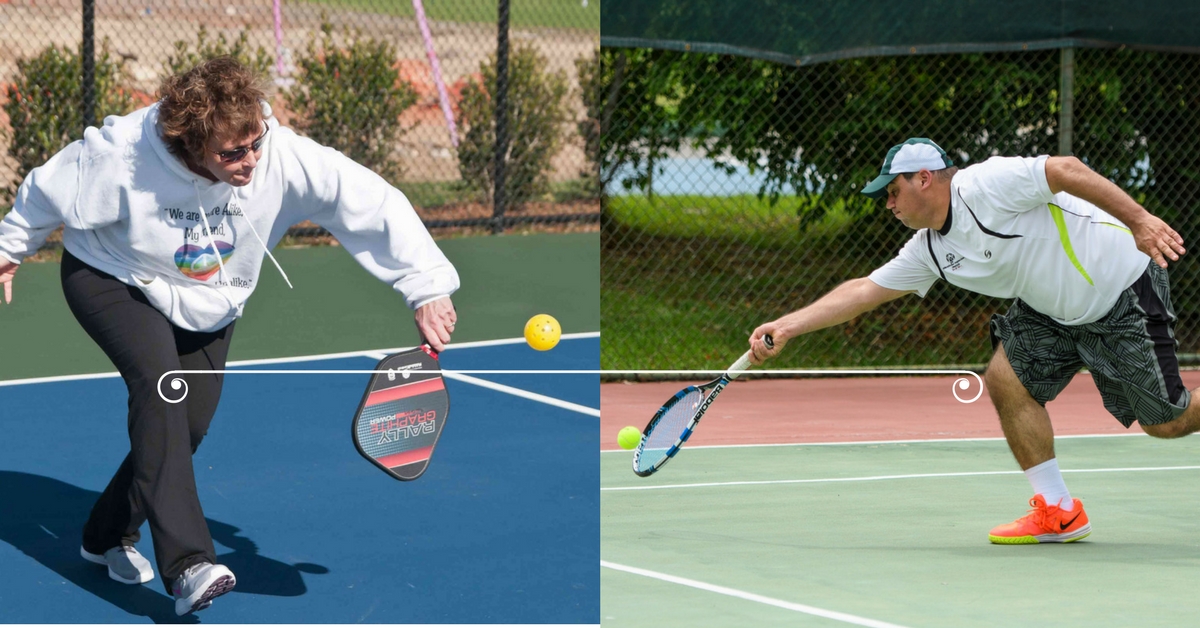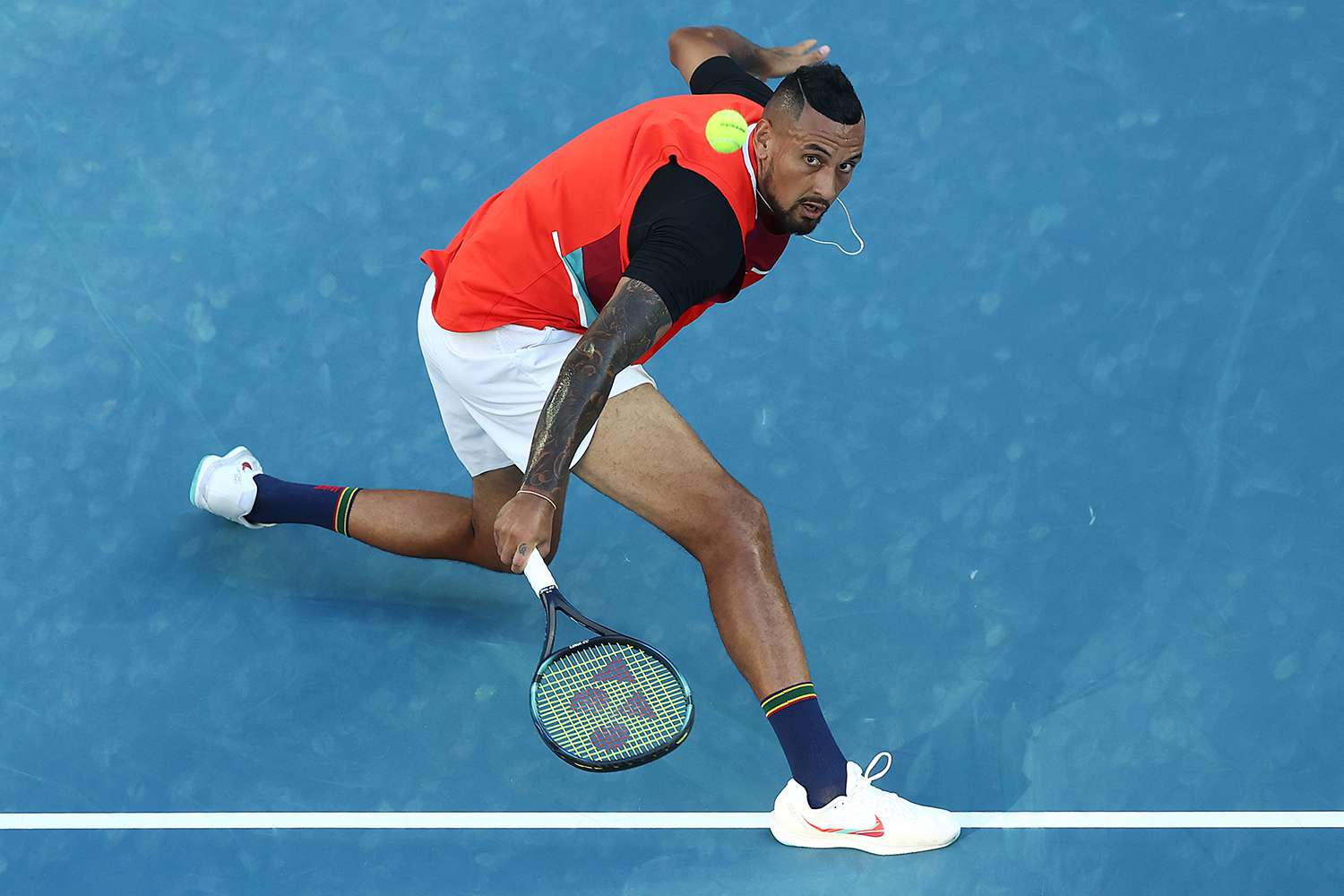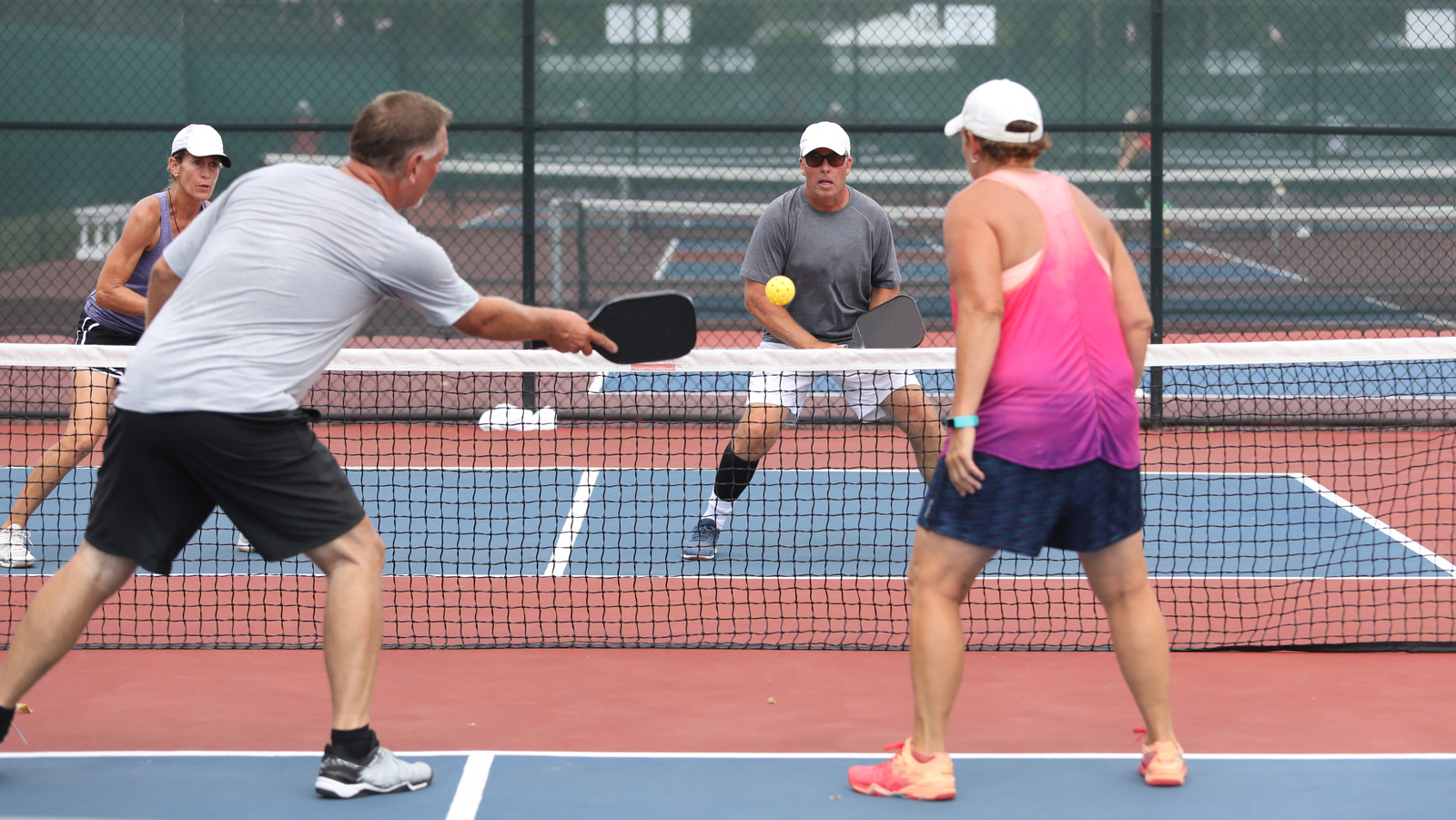I. Introduction

Understanding the duration of tennis matches is crucial for both players and fans. It provides insights into the physical and mental demands of the sport, helps players develop strategies for managing match length, and contributes to the overall spectator experience. This article will explore the various factors that influence the length of tennis matches and their significance in the game.
II. Factors Influencing the Length of Tennis Matches
A. Playing Surface
The type of court surface has a significant impact on the duration of tennis matches. Grass courts, such as those used in Wimbledon, tend to produce faster-paced matches with shorter rallies. The low bounce and slippery conditions make it challenging for players to engage in lengthy baseline exchanges, leading to quicker points and shorter match durations.
In contrast, clay courts, like those used in the French Open, slow down the game and result in longer matches. The higher bounce and slower movement of the ball on clay make it easier for players to retrieve shots, leading to extended rallies and more extended match durations.
Hard courts, the most commonly used surface in professional tennis, fall somewhere in between grass and clay in terms of match duration. The pace of the game can vary depending on the speed of the court surface, but it often allows for a mix of aggressive play and prolonged rallies.
B. Level of Competition
The level of competition also influences the length of tennis matches. In professional matches, where players are highly skilled and evenly matched, the intensity of the rallies and the level of tactics employed can extend the duration of matches. The ability of players to consistently hit powerful shots and maintain a high level of play results in extended rallies and more closely contested points, leading to longer matches.
On the other hand, amateur matches often have shorter durations due to the skill level and experience of the players. Inexperienced players may struggle to consistently execute shots, resulting in shorter rallies and quicker match endings.
C. Match Format

The format of the match, whether it is singles or doubles, can also affect match duration. Singles matches typically have longer durations compared to doubles matches. In singles, players have the entire court to cover and are solely responsible for executing shots and retrieving their opponent’s shots. This leads to more extended rallies and increases the overall match duration.
In doubles matches, there are four players on the court, with each player having specific roles and responsibilities. This often results in faster-paced and more aggressive play, with players looking to finish points quickly at the net. The reduced court coverage and the presence of a partner can lead to shorter match durations compared to singles.
The inclusion of tiebreakers in tennis matches has also had a significant impact on match duration, particularly in the past. Before the introduction of tiebreakers, sets could continue indefinitely until a player won by a certain margin. This could lead to lengthy matches, especially in the final set, where players had to win by two games. The implementation of tiebreakers has helped to shorten matches, as it provides a clear and time-limited method for deciding the outcome of a set.
III. Historical Analysis of Match Durations
A. Evolution of Tennis Match Length

In the early years of tennis, matches were significantly shorter compared to modern times. This can be attributed to several factors, including the equipment used and the rules of the game. One major technological advancement that played a significant role in increasing match durations was the introduction of the lawn mower, which allowed for smoother playing surfaces and a faster game.
With the advent of more advanced equipment, such as rackets with larger sweet spots and strings with more power and control, players were able to hit the ball with greater speed and accuracy. This led to longer rallies and more competitive matches, as players could retrieve shots that would have been impossible in the past. Additionally, changes in the rules of the game, such as the introduction of tiebreaks and the elimination of the requirement to win by two clear games in the final set, also contributed to longer match durations.
B. Notable Longest Matches in Tennis History
There have been several marathon matches that have captivated audiences and showcased the immense physical and mental endurance required in tennis. One such match is the 2010 Wimbledon showdown between John Isner and Nicolas Mahut, which lasted over 11 hours spread across three days. This match holds the record for the longest match in tennis history.
Factors contributing to extreme match lengths include the players’ styles of play, the playing surface, and weather conditions. In the case of the Isner-Mahut match, both players had powerful serves, leading to numerous unreturnable serves and prolonged service games. Additionally, the match was played on grass, which traditionally slows down the game and rewards players who excel at serve and volley tactics. Finally, the match was played over the course of three days, with two rain delays, which added to its overall length.
IV. Strategies for Managing Match Duration
A. Fitness and Stamina
Physical conditioning is crucial for prolonged matches, as players need to maintain a high level of performance for an extended period. Endurance training, such as long-distance running and interval training, can improve aerobic capacity and stamina. Strength training, particularly in the legs and core, enhances a player’s ability to generate power and withstand fatigue.
B. Psychological Resilience
Mental strategies are essential for players to maintain focus and concentration during long matches. Techniques such as meditation, visualization, and positive self-talk can help players stay mentally resilient and prevent the onset of mental fatigue. Additionally, learning to manage pressure and adapting to the changing dynamics of a long match are crucial psychological skills.
V. Developing Efficient Match Strategies

A. Tactical Approaches to Shorten Match Duration
Aggressive gameplay tactics can lead to quicker match finishes. Attacking the opponent’s weaknesses, such as exploiting a weak backhand or targeting their movement, can disrupt their rhythm and shorten rallies. Additionally, employing tactics such as serve and volley or aggressive baseline play can put pressure on opponents and force quick errors.
B. Playing Styles and Match Length
Different playing styles can significantly impact match duration. Players who excel in baseline rallies tend to have longer matches, as they rely on consistency and grinding out points. On the other hand, players who employ a serve and volley approach often have shorter matches, as they look to shorten points and finish rallies quickly at the net.
In conclusion, tennis match durations have evolved over time due to technological advancements, changes in equipment and rules, as well as the players’ playing styles. Players need to focus on physical fitness, mental resilience, and efficient tactical approaches to succeed in today’s game. Understanding the historical analysis of match durations, the longest matches in tennis history, and strategies for managing match duration can assist players in developing efficient match strategies and achieving success on the court.

